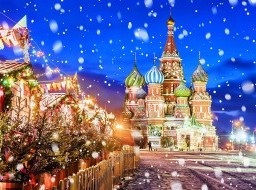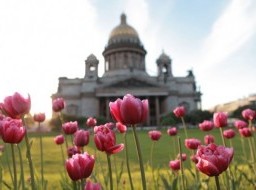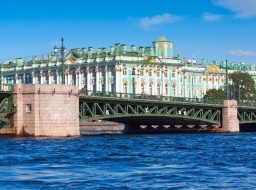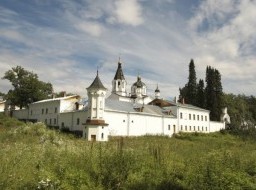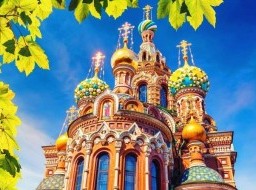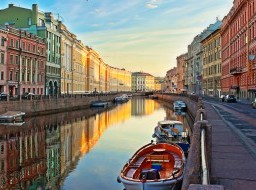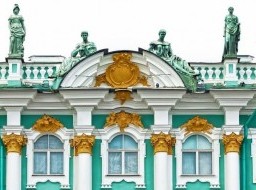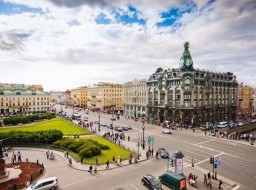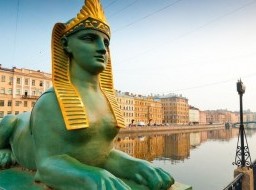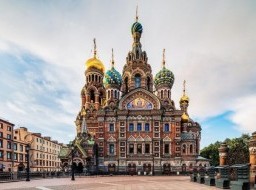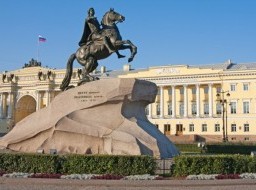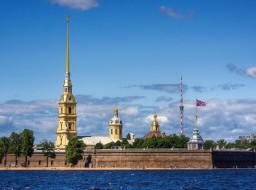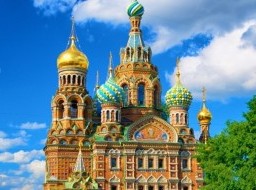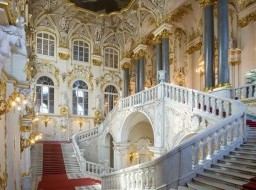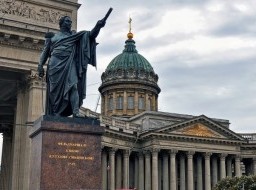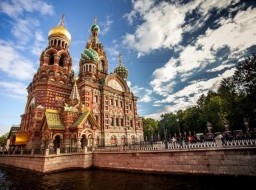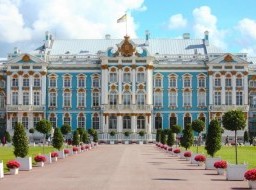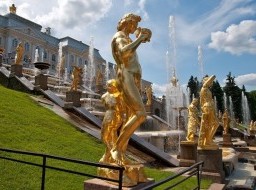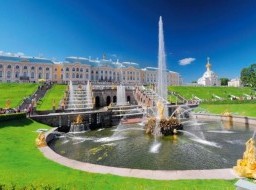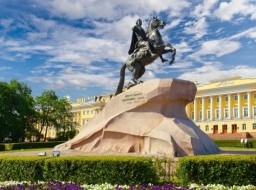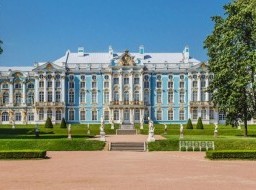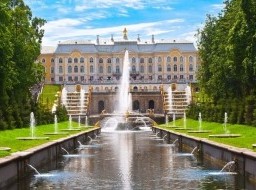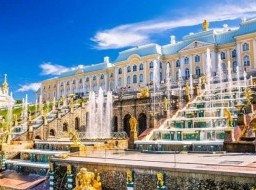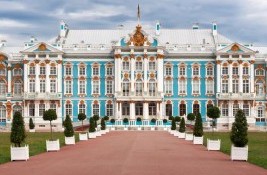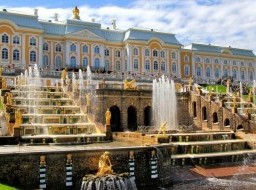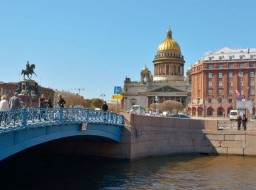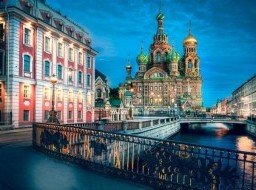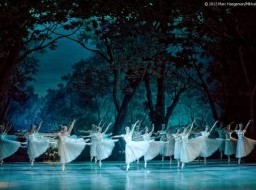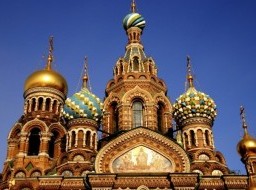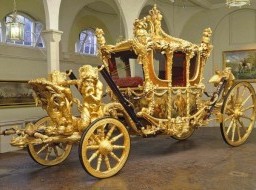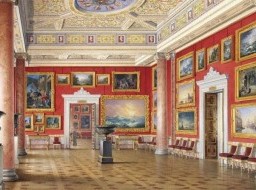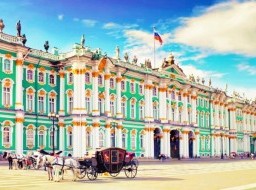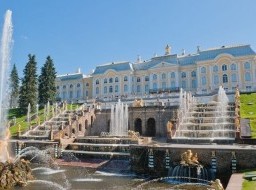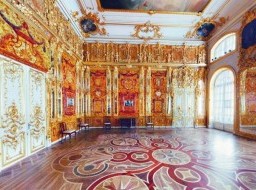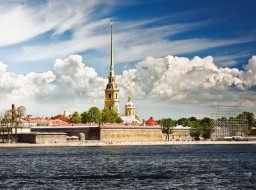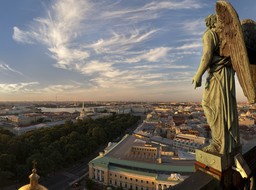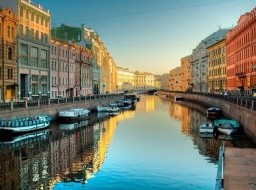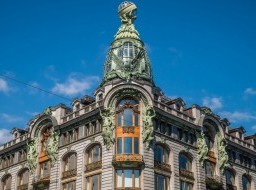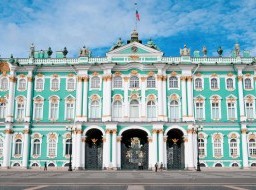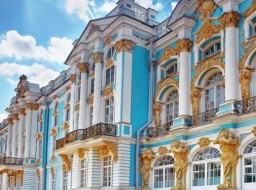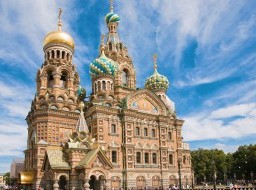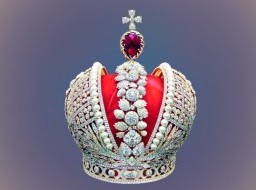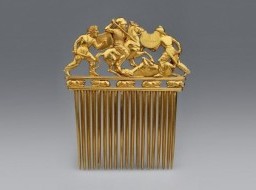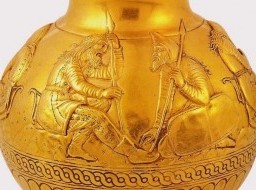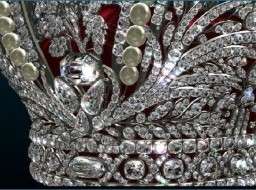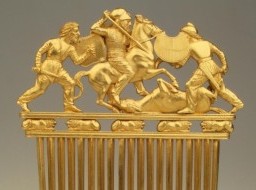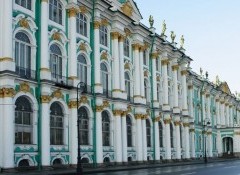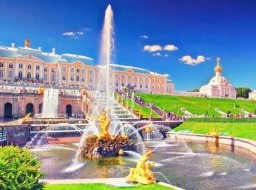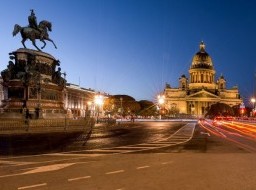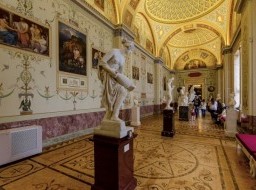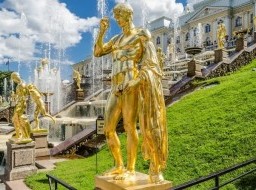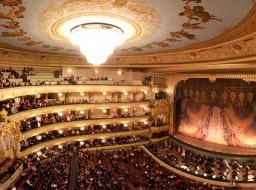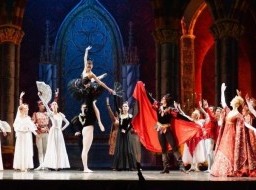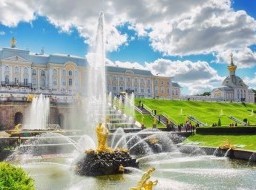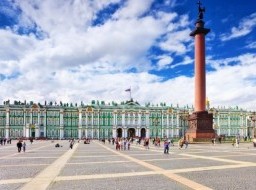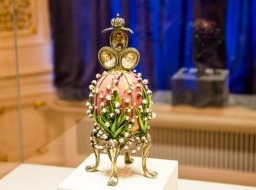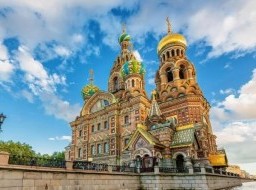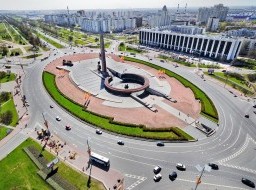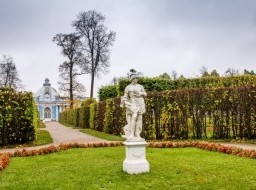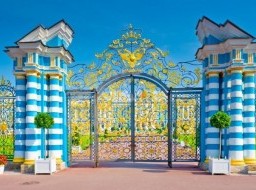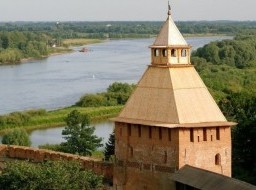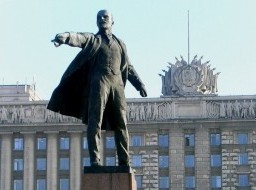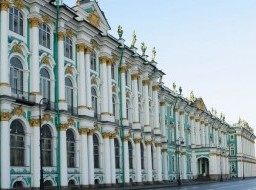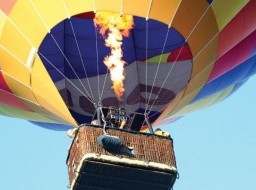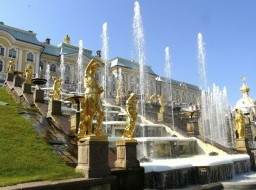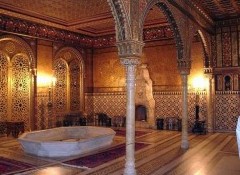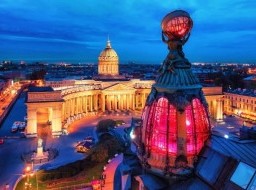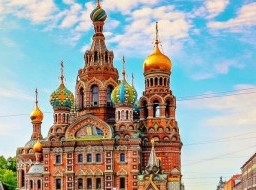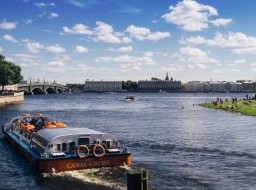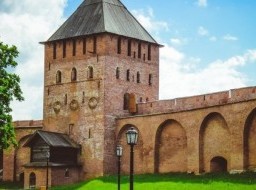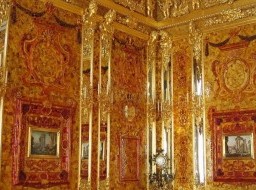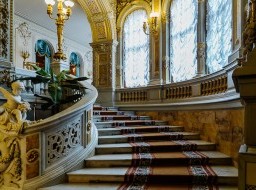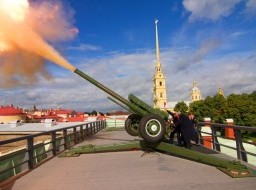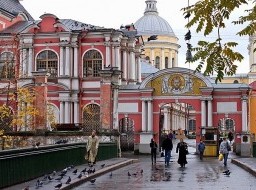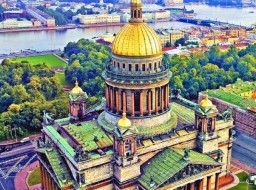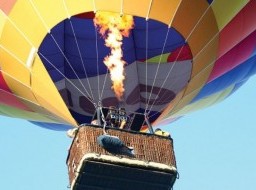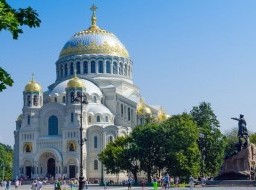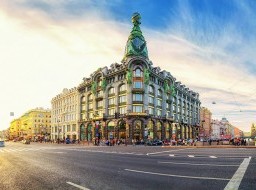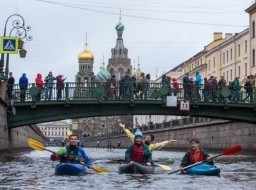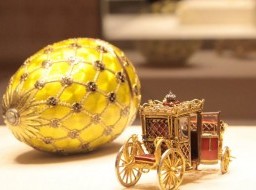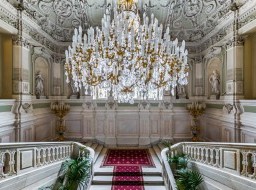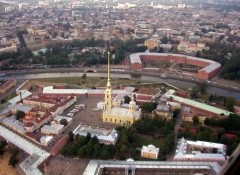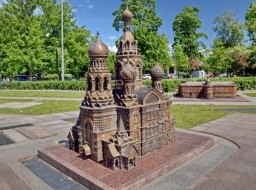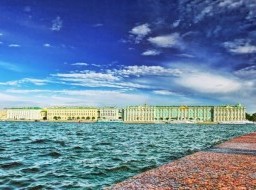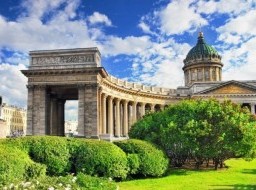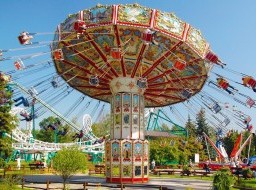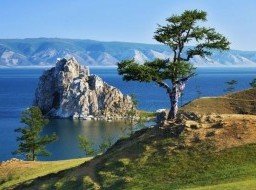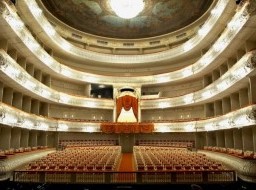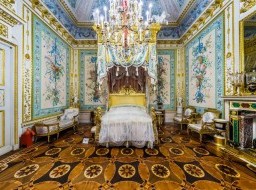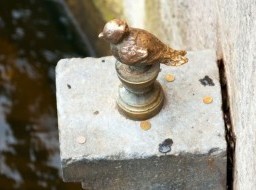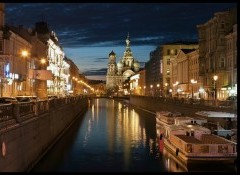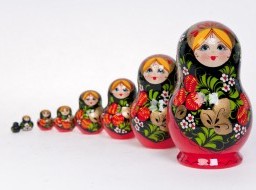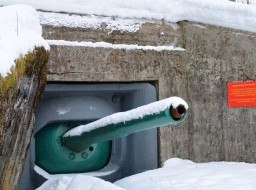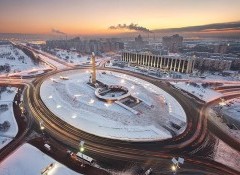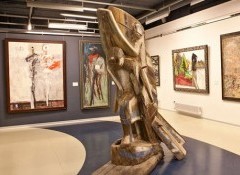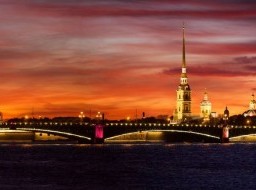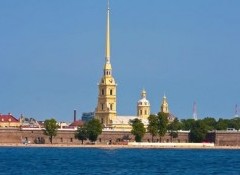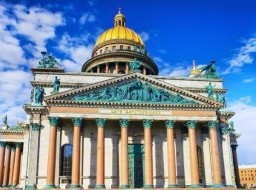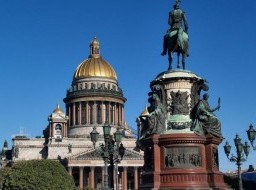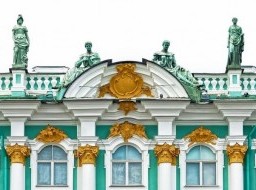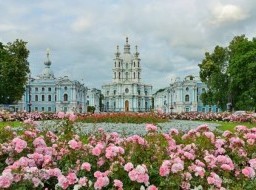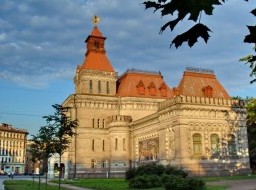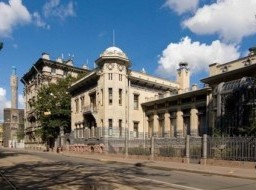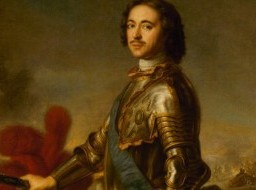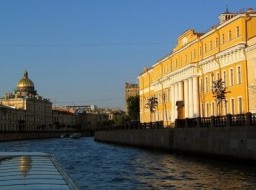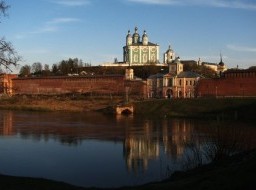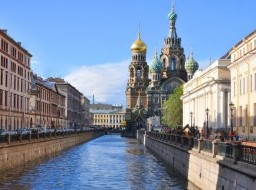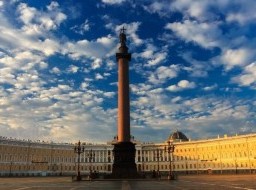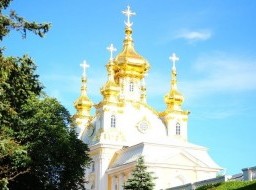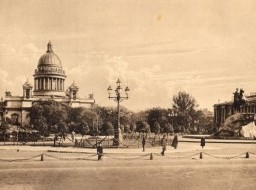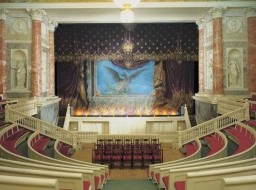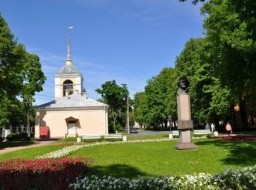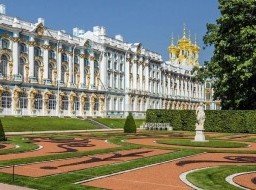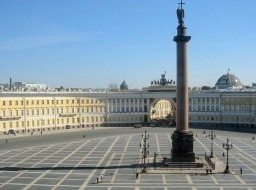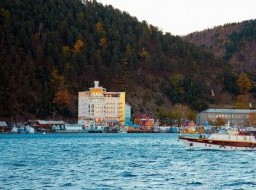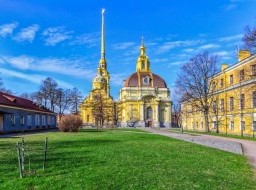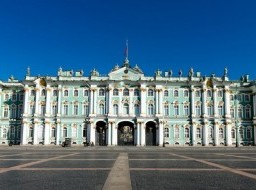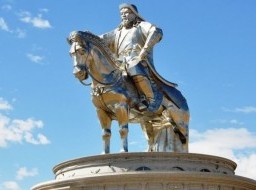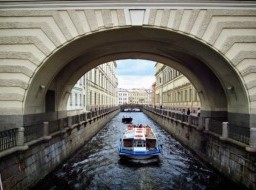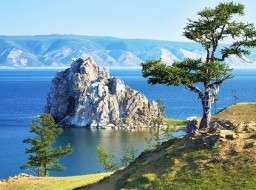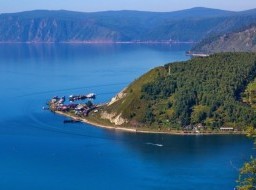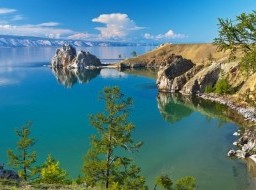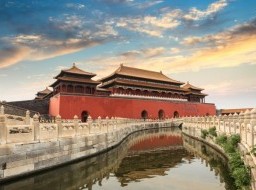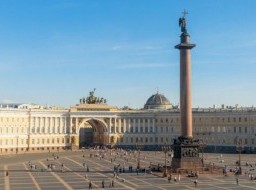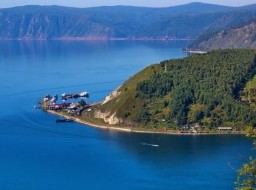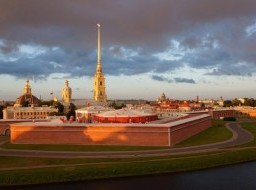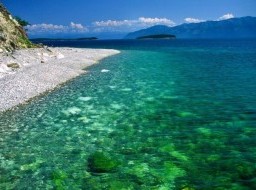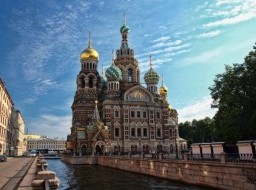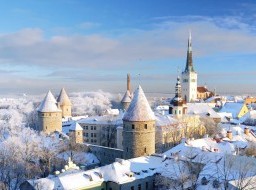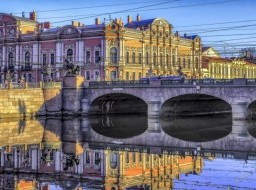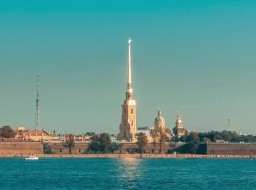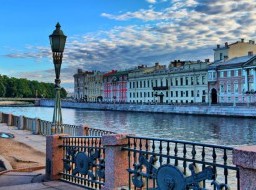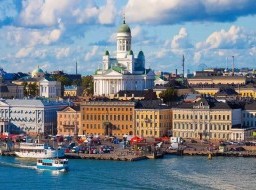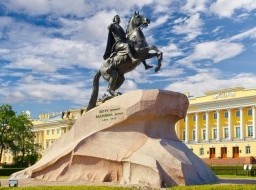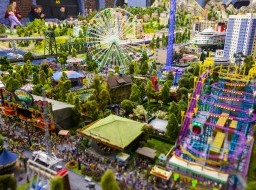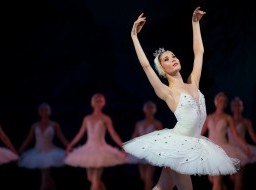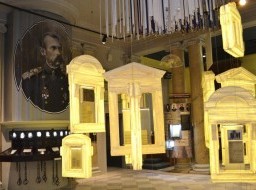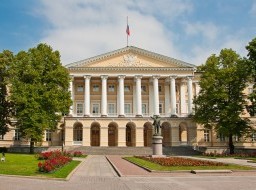Peter and Paul Cathedral (Peter and Paul Fortress)
The building of the Peter and Paul Fortress in 1703 marks the founding of the city of St. Petersburg. The fortress has become one of the city's main attractions thanks to its many historic buildings. History In 1703, when Peter the Great reclaimed the lands along the Neva River, he made a decision to build a fort to protect the projected capital city from attack by the Swedish army or navy. He chose tiny Hare Island in the Neva Delta for the fortress's location, and the citadel, Peter and Paul Fortress, St. Petersburg, RussiaPeter and Paul Fortresswith six bastions in earth and timber, was completed in less than a year. From 1706 to 1740, the fort was rebuilt in stone and less than thirty years later it was completely clad with granite. The fortress never really saw any action because the Russians had defeated the Swedes before its completion. So, instead, it was used as a garrison and a jail for political prisoners and there was also a torture-chamber. From 1721 onward, it housed a number of notable personalities, including Peter the Great's son, Alexei, who was executed here after being tortured by his own father. Other well-known individuals jailed there through the centuries Ramparts of the Peter and Paul Fortress in St.PetersburgRampartshave included Tadeusz Kosciuszko, Maxim Gorky, Fyodor Dostoevsky, Leon Trotsky, and Alexander Lenin, brother of Vladimir. The fortress was, however, attacked during the February Revolution of 1917 and later that same year fell into the hands of the Bolsheviks. By 1924, most of the fortress was converted into a museum but much of it was heavily damaged during World War II. It was restored after the war. Gates St. Peter's Gate, Peter and Paul FortressSt. Peter's GateTo enter the fortress, visitors cross the St. John's bridge, which leads to the St. John's Gate, also referred to as Ivan's Gate. A second gateway awaits, the more ornate St. Peter's Gate.It was built in 1714-1718 after a design by Domenico Trezzini and replaced an original wooden gate. The gate resembles a triumphal arch and is decorated with a depiction of the imperial coat of arms, a crowned, double-headed eagle. After passing the gate one enters the actual fortress, with the engineer's house on the left and the Artillery arsenal on the right. Ahead is the centerpiece of the fortress, the Peter and Paul Cathedral, with its 122.5 meter (+400 foot) tall gilded spiral with a golden angel perched on top. Construction of the Peter and Paul Cathedral started in 1712. It replaced the wooden Peter and Paul Church that was built at the Peter and Paul Fortress in 1703, shortly after Peter the Great founded St. Petersburg.Italian architect Domenico Trezzini designed a Baroque masterpiece that ranks among the most beautiful churches in Russia. The cathedral was completed in 1733, and its original wooden spire was replaced with a metal one in 1858. The spire is crowned with a weather vane in the shape of an angel. It reaches a height of 122,5 meter (402 ft), and for centuries marked the highest point in the city. Non-traditional Architecture The most striking aspect of the Baroque cathedral's exterior is the tall spire of the bell tower, a striking contrast with the onion-shaped spires of the traditional Russian churches. The choice for a different architectural style was no coincidence, and symbolized Peter the Great's intentions on reforming Russia and bringing it closer to the nations in Western Europe. The ground plan is also different from traditional Russian-orthodox churches, with a long nave and two isles instead of a Greek cross. Interior A portico leads visitors to the opulent interior of the cathedral, which also marked a departure from the classical architecture found in Orthodox Russian churches with its large vaults, ceiling paintings, chandeliers and marble Corinthian columns finished with gilded trimming. The most remarkable work of art is the 30 meter (98 ft) high iconostasis, created in 1722-1729 by craftsmen from Moscow under the guidance of the Ukrainian master Ivan Zarudny. A total of 43 icons were incorporated in the elaborate Baroque masterwork, which shows a central triumphal arch, symbol of the victory of the Russian army in the Northern war. Tombs of the Tsars Despite all its opulence, the Peter and Paul Cathedral is best known as the last resting place of the tsars. When Peter the Great died in 1725 he was buried here, at the base of the belfry in the - then still uncompleted - church. All but three of his successors were buried here as well. The last one was Nicholas II, who, with his family, was executed without trial by the Bolsheviks in 1918. Their remains were transferred to the cathedral in 1998. The sarcophagi are all created from Carrara marble, except for those of Alexander II and his wife, which were made of jasper and rhodonite, colorful minerals brought here from the Ural. More attractions Other buildings onsite include the Grand Ducal Mausoleum, where several more-recent grand dukes and duchesses have been interred; the small Boat House, where you can buy tickets to access the cathedral; the House of the Commander, where the commanding officer of the fortress lived; Commander's House, Peter and Paul FortressCommander's Housethe Mint, one of only two in Russia where coins and medals are made; and the City Museum (in the engineer's house), which provides some interesting background on the history of St. Petersburg. The beaches located underneath the fortress walls are quite popular with locals and are usually crowded on warm, summer weekends. But even during wintertime people lean against the walls to bask in the sun during the brief periods of sunshine. The brave - known as walruses - even break the ice and swim in the freezing water. |
|
